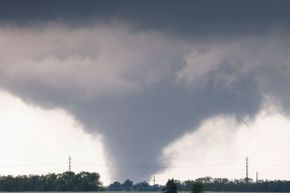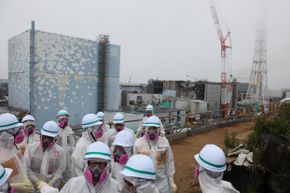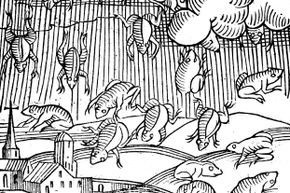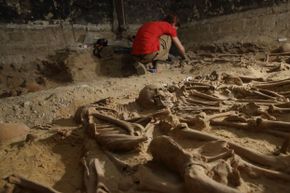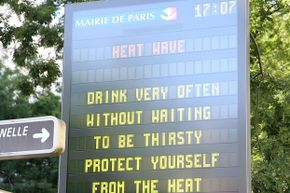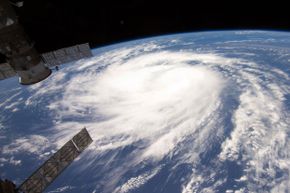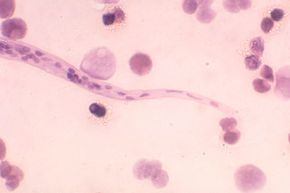We call her Mother Earth, our blue-green haven that protects us from a vast, cold and deadly universe. And as of 2015, Earth is the only refuge for life anywhere in this plane of existence. So it seems a little unfair that our sole sanctuary is always trying to murder us.
That's right, our beloved little ocean-soaked planet may be the only one that supports life, but it also tries to snuff it out regularly, too. The inner workings of Earth just happen to include all sorts of geological, meteorological and physical processes that are rather hazardous to human life (and to lives of other creatures and plants, too).
Advertisement
Sometimes those events occur on a gargantuan scale, wrecking entire cities, claiming hundreds of thousands of lives, and permanently altering not only our civilizations but also the entire ecosystems around them. Other times, Earth is more like a sneaky assassin, shaking loose one rock that happens to bound down a remote hiking trail, knocking the skull of a single unlucky person.
Of course, one way or another, we'll ultimately all have coffee with the Grim Reaper. But it's hard not to be a little taken aback by those scenarios where our friendly planet is the one making the introduction. It's just proof that although Earth is our home, it's a dangerous one, and day-to-day survival requires constant vigilance.
There are countless ways that the Earth tries to destroy the human race. So without further ado, let's explore some of the methods that our beloved planet is using to kill us off, every single day of our lives.
